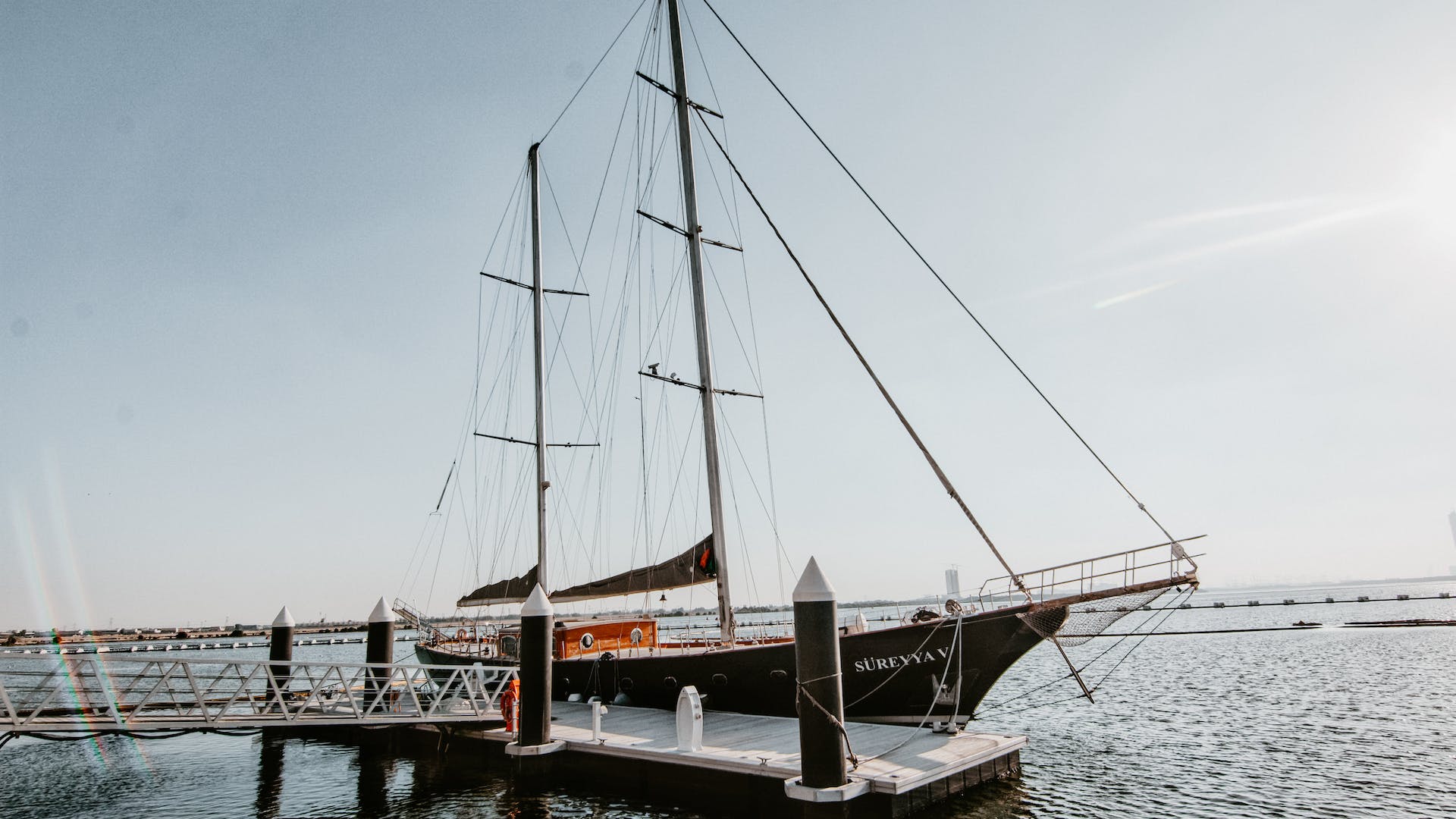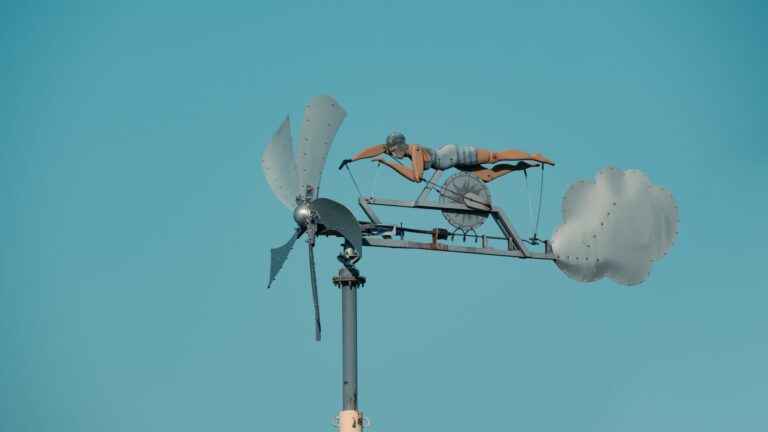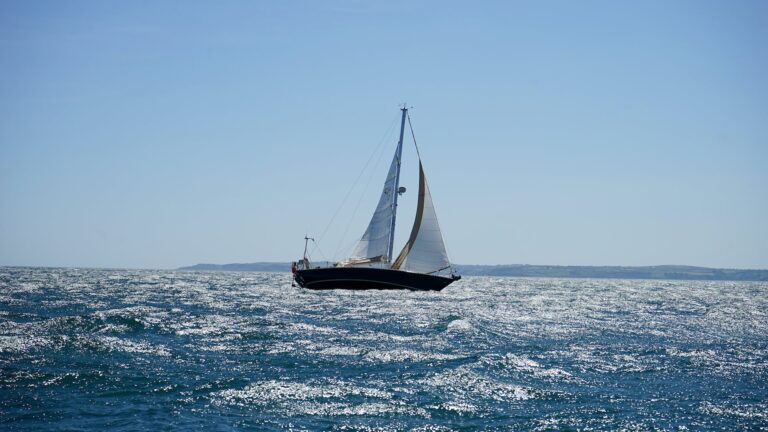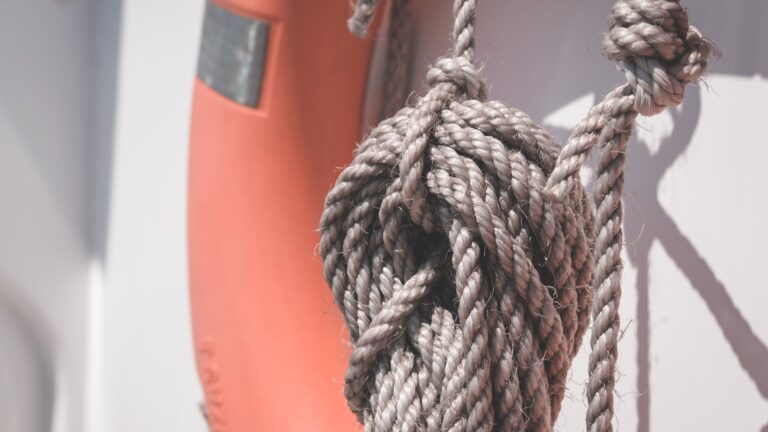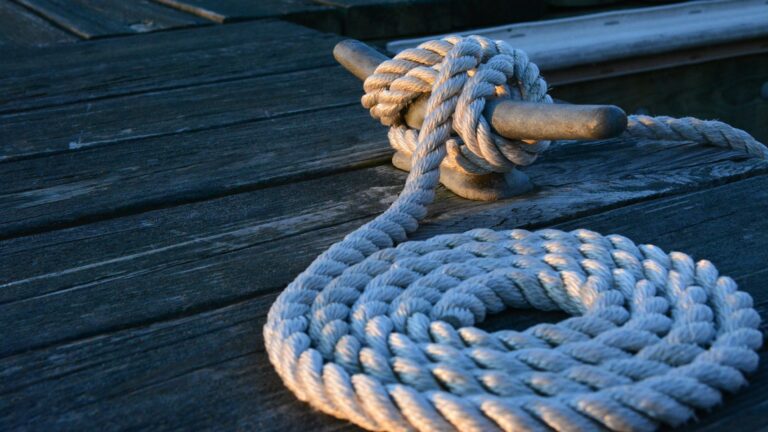What is the best way to approach a dock in strong wind?
- Introduction
- What is docking?
- Preparing for docking in windy conditions
- How to approach the dock in strong winds
- Positioning the boat correctly
- Adjusting the speed of your boat
- What to do when you reach the dock
- Securing your vessel to the dock
- Tips for docking in strong winds
- Common mistakes when docking in strong winds
- Conclusion
Docking a Boat in Strong Winds: A Guide for Sailors
Approaching a dock in strong winds can be a daunting prospect, especially if you are a novice sailor or don’t have much experience with sailing in windy conditions. When done correctly, however, docking in strong winds can be a smooth and safe process that allows you to enjoy your time on the water without any worries about safety or security. In this article, we will cover all the steps involved in successfully docking a boat in strong winds, from preparing the boat and crew beforehand to securing lines once you’ve reached the dock. We’ll also provide some tips for avoiding common mistakes when sailing in windy conditions so that you can ensure that your time on the water is both enjoyable and safe!
What is Docking?
Docking is simply the process of maneuvering a boat or other vessel into or out of a harbor or marina using either motorized propulsion or sails alone, depending on your preference and skill level as a sailor. It’s important to assess wind and current conditions before attempting any kind of maneuver like docking so that you can make sure you’re taking all necessary precautions to ensure your safety and that of those around you while on board your vessel.
Preparing for Docking in Windy Conditions
Before attempting to dock your boat in strong winds, there are several steps that should be taken to make sure that everything runs smoothly and safely during this process:
-
Check weather forecasts ahead of time so you know what kind of wind speeds and direction you’re likely to encounter while sailing;
-
Make sure all lines (ropes used to tie off boats) are coiled properly and ready for use;
-
Be sure everyone on board knows their roles during docking; and
-
Make sure all safety equipment such as life jackets are readily accessible should they be needed during an emergency situation on board your vessel.
How to Approach the Dock in Strong Winds
When approaching a dock with strong winds present, it’s important to use caution as these conditions can make it more difficult to maneuver close quarters without causing damage or injury to those nearby or onboard your vessel. The best way to approach a dock is slowly and parallel with the dock itself; letting either wind or current carry your boat towards it until you have reached an appropriate distance away from it where you can safely adjust position if necessary before continuing further toward it. During this initial approach, it may also be beneficial to briefly shift into gear if needed so as not to lose control of your boat due to sudden gusts of wind while still maintaining slow speed throughout this process – this will help ensure that no one onboard gets injured due to sudden jolts caused by high winds as well as prevent any unnecessary damage from occurring during this process due to reckless navigation through these conditions!
## Positioning Your Boat Correctly
Once you have reached an appropriate distance away from the dock (usually anywhere between 10-20 feet away), it’s important that you take some time here adjust position if necessary before continuing further towards it – this will help ensure that once you reach said destination, no adjustments will need made which could cause sudden jolts onboard due high winds present at this location! The best way achieve correct positioning is by slowly turning slightly into (or away from) the wind while also adjusting speed accordingly – once a satisfactory position has been achieved, continue slowly towards said destination until ready secure lines onto moorings/bollards present at said location!
## Adjusting Speed of Your Boat
It’s important when sailing towards docks with high winds present that speed is adjusted accordingly so as not cause any unnecessary jolts onboard due sudden gusts which could cause injury those onboard as well potential damage nearby vessels/structures due reckless navigation through these conditions – when approaching docks with high winds present, best practice would be reduce speed gradually until reaching an appropriate distance away from said location where one can safely adjust position prior continuing further towards it!
## What To Do When You Reach The Dock
Once an appropriate distance away from said location has been reached where one can safely adjust position prior continuing further towards said destination, next step would be secure bow and stern lines onto moorings/bollards present at said location – properly securing bow/stern lines onto moorings/bollards present at said location will help keep vessel securely attached while one continues other tasks such unloading passengers/cargo loading fuel etc… Additionally, if available bilge pumps should also be engaged order keep water levels low inside hull preventing flooding onboard vessel while these tasks being completed!
## Securing Your Vessel To The Dock
Once bow/stern lines have been attached onto moorings/bollards present at said location next step would be double check that they are secure order prevent any movement during other tasks being completed – after confirming security these lines then look adjust spring line order keep bow facing away from dockside wall preventing damage hull hitting against any nearby structures! Additionally fenders should also be placed between hull dockside wall order protect against potential damage both sides which could occur during sudden gusts high winds! Once all these steps have been completed then proceed unload passengers/cargo load fuel etc… knowing that vessel securely attached dockside wall allowing for safe completion other tasks required upon arrival!
## Tips For Docking In Strong Winds
- Always check weather forecasts before heading out on water;
- Make sure everyone onboard knows their roles during docking;
- Reduce speed gradually when approaching docks with high winds present;
- Securely attach bow & stern lines onto moorings/bollards present at said location; – Double check security all lines attached moorings/bollards prior unloading passengers/cargo loading fuel etc… ; – Use spring line keep bow facing away from dockside wall preventing damage hull hitting against any nearby structures; – Place fenders between hull dockside wall order protect against potential damage both sides which could occur during sudden gusts high winds; – Engage bilge pumps available order keep water levels low inside hull preventing flooding onboard vessel while these tasks being completed;


